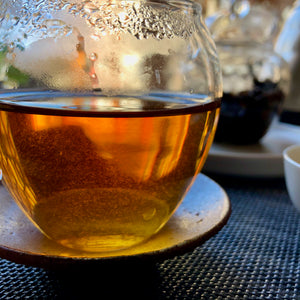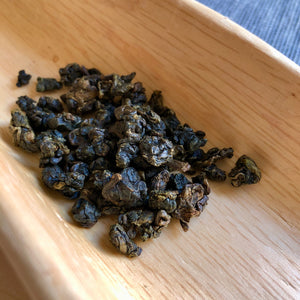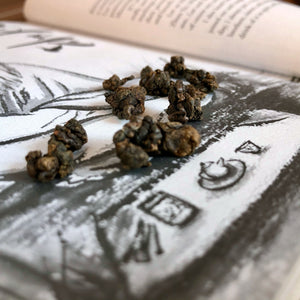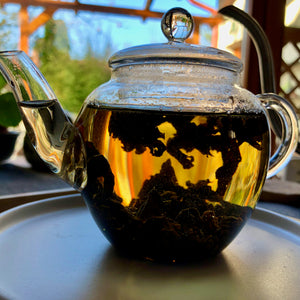
Amber Gaba oolong
Tax included
Shipping calculated at checkout
Out of stock
Pickup currently unavailable
Amber GABA oolong – warm, soft, deeply soothing
The term “amber” refers to the roasted, deeper, caramel-tinged face of GABA oolong: full, silky and long, like the light of an autumn afternoon. It has impressions of pumpkin, baked pear, vanilla and cinnamon, accompanied by a delicate roasted nuttiness and a sweetness of dates and figs. It is the tea that slows down speech, relaxes shoulders and quiets the inner noise.
Origin & processing
GABA oolong is a specialty of Taiwan. The leaves are exposed to an oxygen-free, nitrogen-saturated environment during a stage of oxidation, which naturally increases the GABA content in the leaves. The Amber style complements this with a medium to medium-strong roast that brings out notes of honey, caramel, roasted grains and dried fruit, while maintaining the silky, round texture of GABA teas.
Taste and aroma profile
- Aroma: honey, brown sugar, toasted grain, dried flowers, slight bourbon-woody touch
- Taste: baked pear and apple, vanilla-cocoa finish, cinnamon and sweet spices; dates, figs, light licorice
- Body & feel: full, oily texture, smooth sip, long, sweet-sour aftertaste
When do we recommend it?
For evening relaxation, rainy days, and deep conversations. Amber GABA is the “comfort oolong” that combines the warmth of roasted oolongs with the soft tranquility of GABA teas.
Preparation instructions
Asian (gongfu) method
- Equipment: gaiwan/hohin or small jug (90–120 ml)
- Tea: 5–6 g
- Water: 90–95 °C, soft water recommended
- Process: short rinse optional; 1st–2nd pour 15–20 sec, then gradually increase (25–40 sec, later 60+ sec)
- Note: Amber's roast develops nicely over 6-8 pours; if you would like to emphasize the roasted notes, use 95°C water and steep for a slightly longer time.
Western method
- Equipment: 300–350 ml teapot or cup with strainer
- Tea: 3–4 g
- Water: 90–95 °C
- Soaking time: 2:30–3:30 minutes; 1–2 shorter infusions can be made from the same batch
Cold brew
- Ratio: 8–10 g/liter
- Water: chilled, soft water
- Time: 8–12 hours in the refrigerator; strain. Result: a clear, silky, pear-vanilla drink with low bitterness.
Tips & pairing
- Playing with water temperatures: at 90 °C it shows a more fruity face, at 95 °C it shows a more roasted-honeyed face.
- Food pairing: buttery biscuits, nut cakes, soft cheeses (brie, camembert), dark chocolate 60–70%.
- Storage: in a closed container, away from light and odors; the roasting notes are most beautiful when fresh.
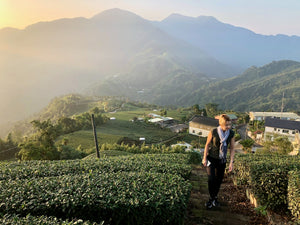
Personal contact
Our teas don't come from wholesale warehouses or unknown sources. We travel to the small producers we source from – whether it's a Japanese family tea garden, a Chinese mountain village or an oolong maker in Taiwan.
Stories
We meet them in person, learn their story, see how they care for their plants, and how they process the fresh leaves.
These experiences are the soul of our teas. This way, not only is the quality guaranteed, but also the fact that behind each cup there is a real person, a real story.
Direct
This direct relationship is valuable to us. Not only because of the excellent tea, but because we believe that trust, respect and personal presence are what make the tea drinking experience truly special.
Teavolution Tea Blog
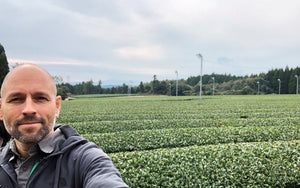
Oct 2, 2025
Sencha tea
Read more
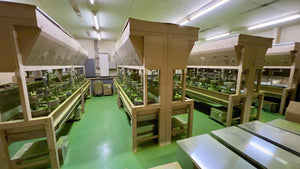
Sep 21, 2025
Matcha hiány Japánban
Read more
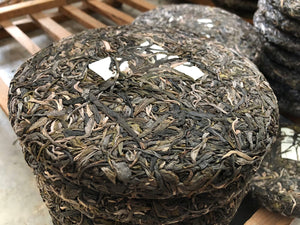
Mar 18, 2025
Puer tea, puerh or pu-erh
Read more
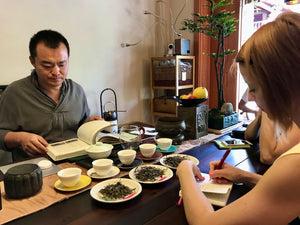
Mar 18, 2025
Types of tea
Read more
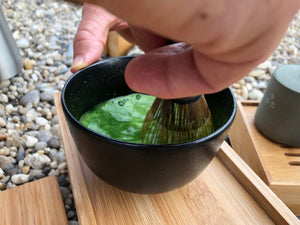
Mar 18, 2025
What is matcha tea?
Read more

Mar 18, 2025
Oolong tea (Wulong tea)
Read more

